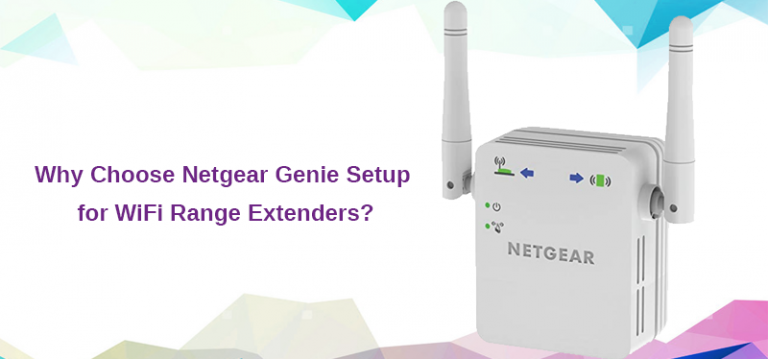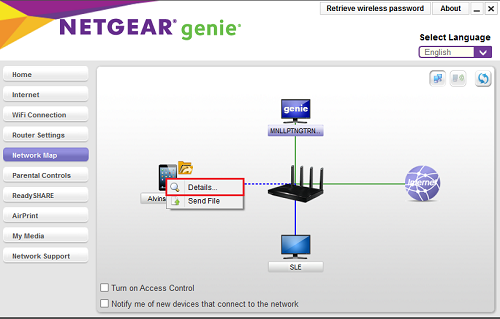

Smaller routers usually provide connectivity for typical home and office networks.Īll sizes of routers may be found inside enterprises. The largest routers (such as the Cisco CRS-1 or Juniper PTX) interconnect the various ISPs, or may be used in large enterprise networks. Routers may provide connectivity within enterprises, between enterprises and the Internet, or between internet service providers' (ISPs') networks. Routers may also be used to connect two or more logical groups of computer devices known as subnets, each with a unique network prefix. Each network interface is used to enable data packets to be forwarded from one transmission system to another. It can also support multiple network layer transmission standards. It reads the header of each packet as it comes in, matches the destination to entries in the FIB supplied by the control plane, and directs the packet to the outgoing network specified in the FIB.Īpplications A typical home or small office DSL router showing the telephone socket (left, white) to connect it to the internet using ADSL, and Ethernet jacks (right, yellow) to connect it to home computers and printers.Ī router may have interfaces for multiple types of physical layer connections, such as copper cables, fiber optic, or wireless transmission.
NETGEAR GENIE FOR WINDOWS 8.1 SOFTWARE
The software that runs the router is composed of two functional processing units that operate simultaneously, called planes: Each router builds up a routing table, a list of routes, between two computer systems on the interconnected networks. When multiple routers are used in interconnected networks, the routers can exchange information about destination addresses using a routing protocol. More sophisticated devices use application-specific integrated circuits (ASICs) to increase performance or add advanced filtering and firewall functionality. Early routers used software-based forwarding, running on a CPU.

Routers can be built from standard computer parts but are mostly specialized purpose-built computers. More sophisticated routers, such as enterprise routers, connect large business or ISP networks up to the powerful core routers that forward data at high speed along the optical fiber lines of the Internet backbone.Ī carrier class router with 10G/ 40G/ 100G interfaces and redundant processor/power/fan modules The most familiar type of IP routers are home and small office routers that simply forward IP packets between the home computers and the Internet. Then, using information in its routing table or routing policy, it directs the packet to the next network on its journey. When a data packet comes in on one of the lines, the router reads the network address information in the packet header to determine the ultimate destination. Ī router is connected to two or more data lines from different IP networks. the Internet) until it reaches its destination node. A packet is typically forwarded from one router to another router through the networks that constitute an internetwork (e.g. Data sent through a network, such as a web page or email, is in the form of data packets. Routers perform the traffic directing functions between networks and on the global Internet. Rack containing a service provider class router connected to multiple networks Home and small office wireless routerĪ router is a networking device that forwards data packets between computer networks. For the woodworking tool, see Router (woodworking). This article is about the network device.


 0 kommentar(er)
0 kommentar(er)
